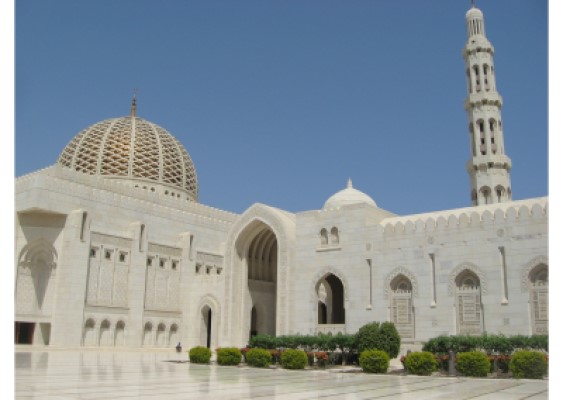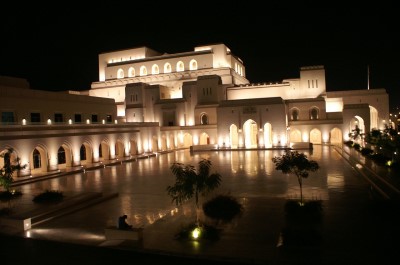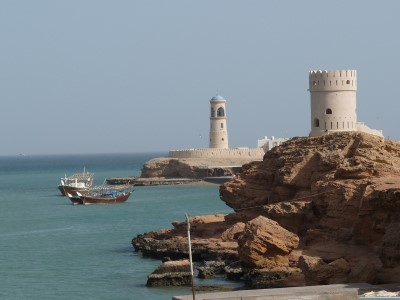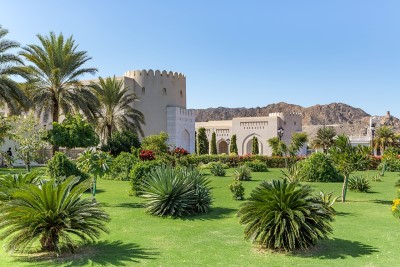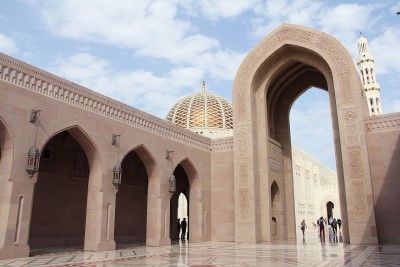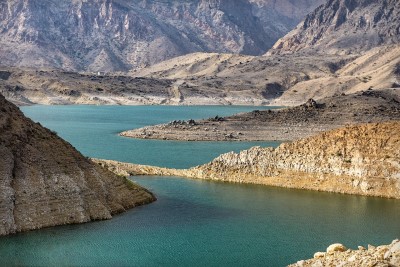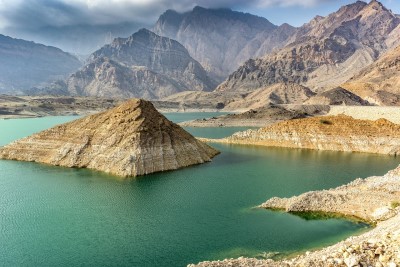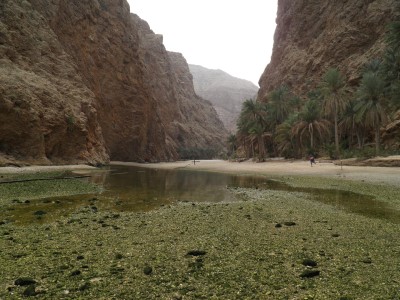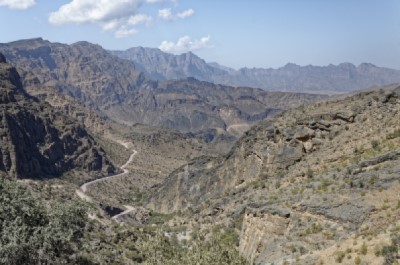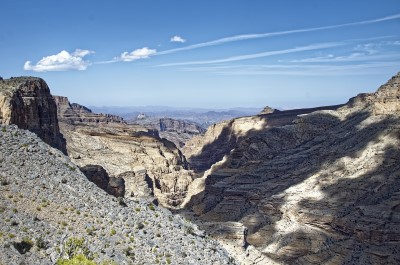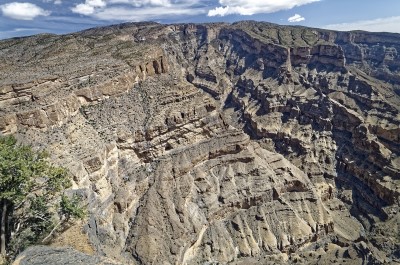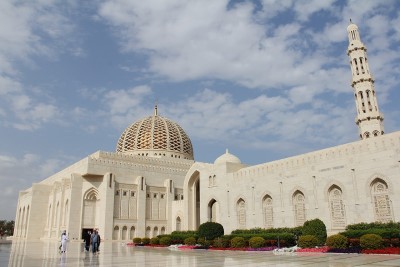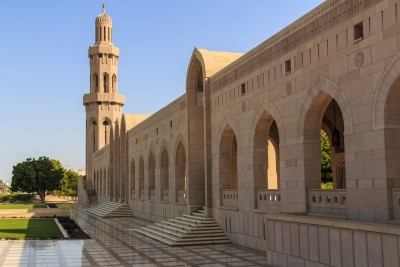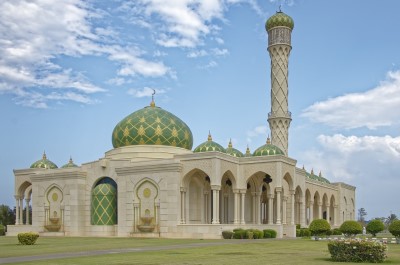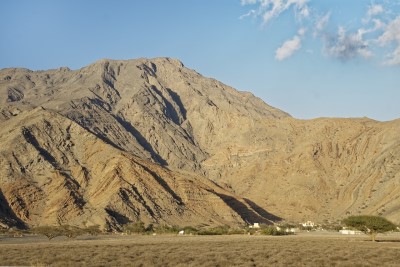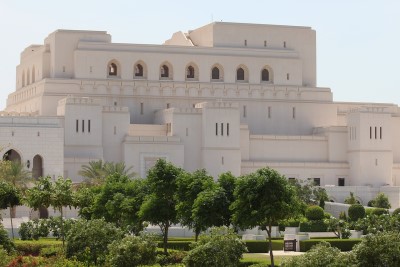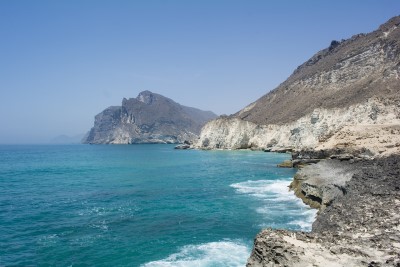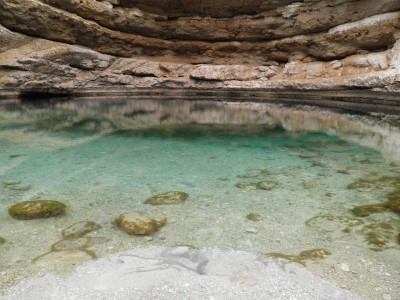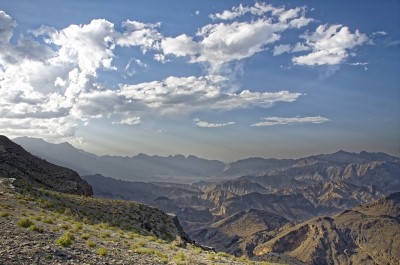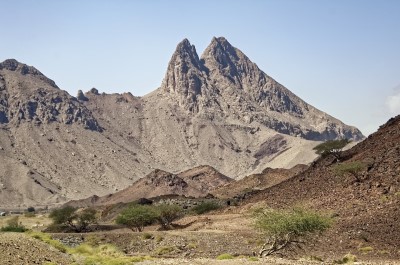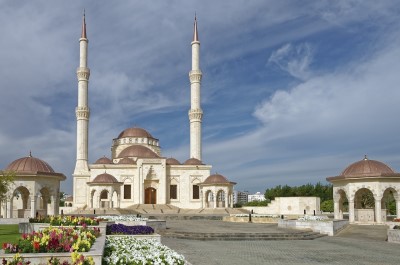Muscat
Muscat (Arabic: مسقط, Masqaṭ pronounced [ˈmasqatˤ]) is the capital and largest city of Oman. It is the seat of the Governorate of Muscat. According to the National Centre for Statistics and Information (NCSI), the total population of Muscat Governorate reached 1.4 million as of September 2018.[2] The metropolitan area spans approximately 3,500 km2 (1,400 sq mi)[3] and includes six provinces called wilayats.[citation needed] Known since the early 1st century CE as an important trading port between the west and the east.
Muscat is located in northeast Oman. The Tropic of Cancer passes south of the area. It is bordered to its west by the plains of the Al Batinah Region and to its east by Ash Sharqiyah Region. The interior plains of the Ad Dakhiliyah Region border Muscat to the south, while the Gulf of Oman forms the northern and western periphery of the city. The water along the coast of Muscat runs deep, forming two natural harbours, in Muttrah and Muscat. The Western Al Hajar Mountains run through the northern coastline of the city.
Muscat features a hot, arid climate (Köppen climate classification BWh) with long and very hot summers and warm "winters". Annual rainfall in Muscat is about 10 cm (4 in), falling mostly from December to April. In general, precipitation is scarce in Muscat, with several months on average seeing only a trace of rainfall. However, in recent years, heavy precipitation events from tropical systems originating in the Arabian Sea have affected the city. Cyclone Gonu in June 2007 and Cyclone Phet in June 2010 affected the city with damaging winds and rainfall amounts exceeding 100 mm (4 in) in just a single day. The climate generally is very hot and also very humid in the summer, with temperatures frequently reaching as high as 45 °C (104 °F) in the summer.
The city has numerous mosques including the Sultan Qaboos Grand Mosque, Ruwi Mosque, Saeed bin Taimoor and Zawawi Mosque. A few Shi'ite mosques also exist here.Sultan Qaboos Grand Mosque Muscat has a number of museums. These include Museum of Omani Heritage, National Museum of Oman, Oman Children's Museum, Bait Al Zubair, Oman Oil and Gas Exhibition Centre, Omani French Museum, Sultan's Armed Forces Museum and the Omani Aquarium and Marine Science and Fisheries Centre.[41] The Bait Al Falaj Fort played an important role in Muscat's military history.
Places to See in Muscat
Grand Mosque
This mosque is like a radiant lighthouse attracting its visitors to interact with the spirit of Islam as a religion, science and civilization.
Location:Muscat,no entry fees.Opera House
Oman's most premier venue for musical arts and culture the Royal Opera House Muscat.
Location:Muscat,3 rial for entry/-.Mutrah Souq
Mutrah Souq is one of the oldest markets in Oman, dating back about two hundred years.
Location:Muscat,no entry fees.Al-Alam Palace
It is the ceremonial palace of His Majesty Sultan Qaboos of Oman
Location:Muscat,no entry fees.
Al-Mirani fort
Al-Mirani is also known as Al Gharbiya Fort as it commands a view of a high rocky hill at the end of the west wall
Location:Muscat,no entry fees.Al-Jalali fort
Al Jalali Fort lies in old Muscat and overlooks the Sea of Oman. It is also known as the Ash Sharqiya Fort.
Location:Muscat,no entry fees.Bait Al Zubair
The museum has an extensive collection of ancient weapons, including khanjar, household equipments, and costumes.
Location:Muscat,no entry fees.Museum of Illusions
The Museum of Illusions has the largest collection of holograms, stereograms, and optical illusions in the entire Middle East.
Location:Muscat,no entry fees.Oman Oil and Gas Exhibition Centre
The museum is an interactive journey exploring the discovery, extraction and use of fossil fuels in Oman.
Location:Muscat,no entry feees